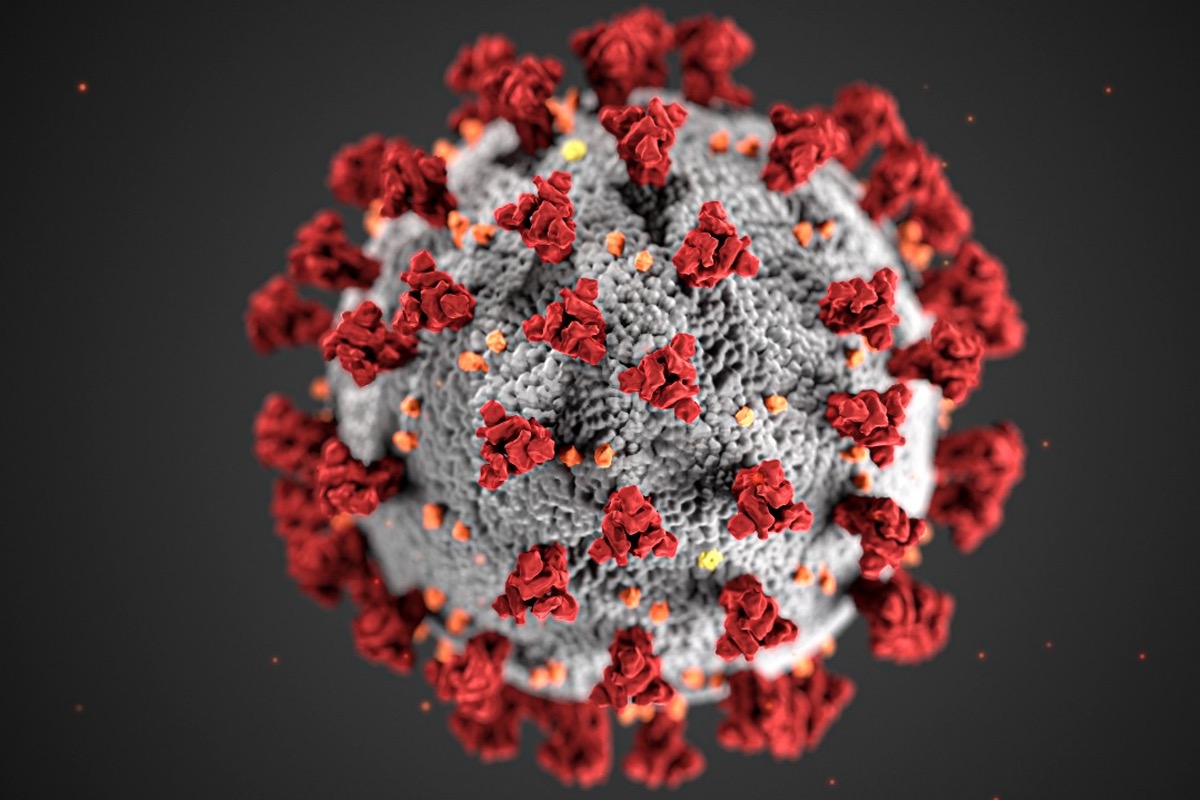
As soon as reports about the Boston University study on “chimeric recombinant SARS-CoV-2 encoding the S 46 gene of Omicron” hit social media, it sent waves of fear. It reminded people of often-ridiculed conspiracy theories around “Wuhan virus” being a mode of biological warfare by China. But what is the truth about this study?

The Boston University research that involved testing a lab-made hybrid version of the SARS-CoV-2 virus has become quite a point of contention on both ethical and health grounds. In the study conducted by the BU’s National Emerging Infectious Diseases Laboratories, the researchers “generated chimeric recombinant SARS-CoV-2 encoding the S 46 gene of Omicron in the backbone of an ancestral SARS-CoV-2 isolate and compared this 47 virus with the naturally circulating Omicron variant.”
In simple words, it is a hybrid of the highly transmissible but vaccine-resistant Omicron variants and the original virus. At the outset, it may seem like a regular study to understand the transmissibility and vaccine resistance of certain strains of the virus. But what shocked and scared everyone and resulted in the research being reported widely by the mainstream media was the fact that the hybrid has a mortality load of 80 per cent.
“The scientists in BU’s National Emerging Infectious Diseases Laboratories found that all mice infected with only the BA.1 omicron variant had mild cases and survived, while the combined omicron spike protein with original COVID-19 virus strain inflicted severe disease with an 80% mortality rate,” reported Boston Herald.
This fact was highlighted over and over in the press, leading to major panic. It reminded people of often ridiculed conspiracy theories about “Wuhan virus” being a mode of biological warfare by China. But what is the truth about this study? Was it really dangerous and could have triggered a public health scare of a pandemic proportion.
There is absolutely no evidence that the research conducted under “fool proof biosecurity”, as reported by STAT news, could lead to a man-made bio health hazard. Also, the truth about mortality rate is that the hybrid variant is less lethal than the original Covid strain. “When mice were infected with just the original, ancestral virus strain, 100 per cent of the mice died,” read the Boston Herald report.
The chink in the armour though lies in whether the organisation had obtained the clearance for conducting such a sensitive study. According to STAT, the funders of the study National Institute of Allergy and Infectious Diseases came to know about the nature of the experiment only through media news.
Austrian-American virologist Florian Krammer wrote a very informative thread on Twitter on why the study could be problematic. Calling the research “robust”, he said, “We know Omicron variants are less pathogenic in the mouse model. The group helped to establish that – in mice – the spike itself is not responsible for this attenuation (weakening). To be very clear, the ancestral version of the virus (unmodified) was more deadly than the ‘chimeric’ version with the Omicron spike.”
Explaining the real problem with the research, he said, “Now, the outcome of the experiment was not clear. You could have assumed that the virus, compared to the ancestral virus, is less pathogenic (which was the case). But it could also have been more pathogenic. Therefore, these experiments need to be done at appropriate biosafety laboratories. And, if the virus can become more pathogenic and falls into certain categories, you also need permission from the US government to perform the experiment – especially if they fund your research.”
“And that is what was not done here. That’s why the group got in trouble, not because of the experiment itself, no, because they did not ask for permission,” Krammer wrote.
In-principle, there was nothing dangerous about the study. Other reputed organisations have done similar studies with far more lethal variants. Krammer cited a study by the scientific journal Nature. “To be very clear, nature did basically the exact same experiment before. It was called XD. XD was a recombinant virus in the human population that combined the spike of Omicron with the remaining genome from Delta via recombination. As a reminder, Delta seemed to be more deadly in humans than the ancestral virus or Omicron. (sic).”
Media reports quoted Emily Erbelding, director of NIAID’s division of microbiology and infectious diseases, as saying that the researchers did not inform them that the experiments might involve emboldening a pathogen of pandemic scale.